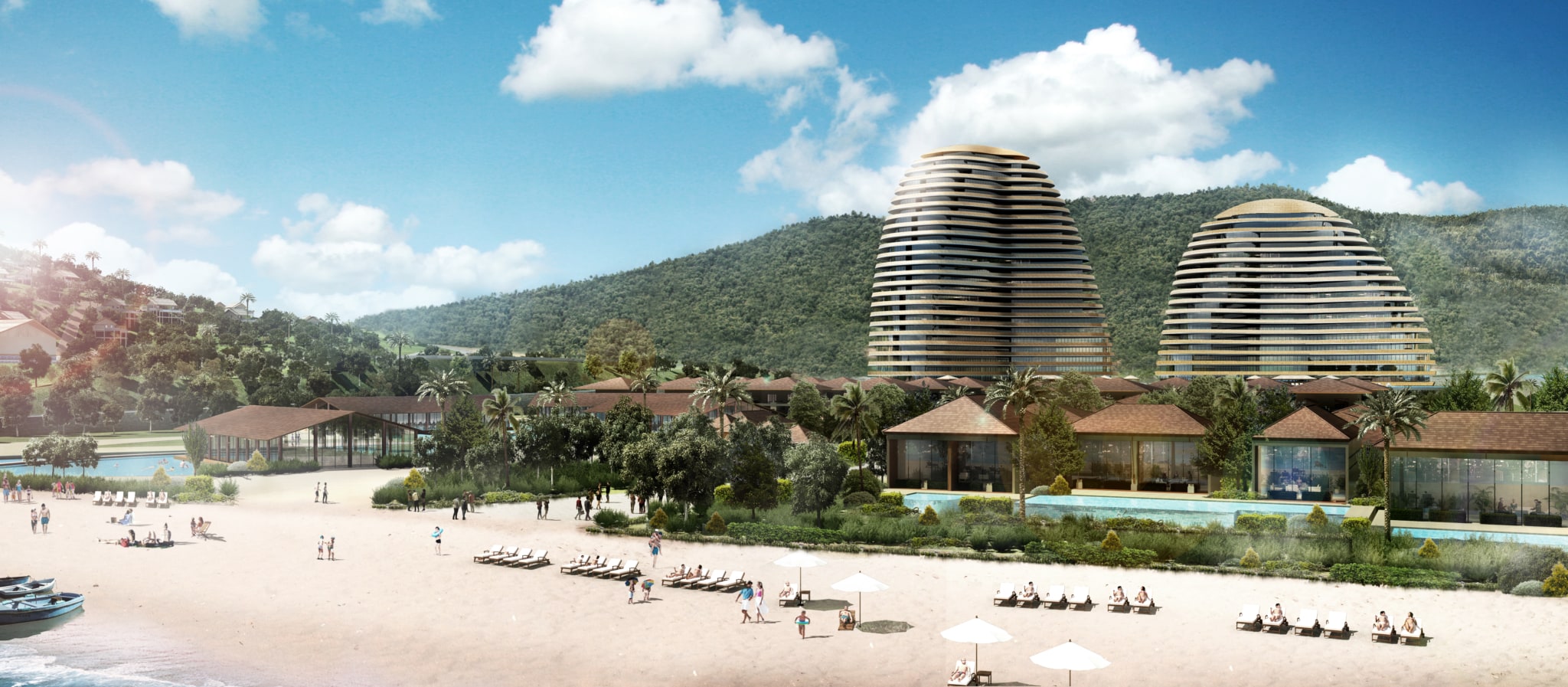
Vietnam, long disregarded as Thailand’s less trendy younger sibling, has experienced a surge in recognition. In 2017 alone, the country welcomed in 10mil international arrivals, and this figure is only expected to rise.
“This year will see Vietnam continue to be one of the preferred destinations for Western tourists,” says Brandon Kua FCSI of Malaysia-based Citrus Consult. Kua believes the region to be a land of promise for the hospitality industry, “Given that there is still demand for hotels and hospitality services in the country, operators have a lot they can offer.”
Room to grow
Vietnam originally entered the destination hot-list as a backpacker’s paradise. The country itself borders both Cambodia and Laos, with easy access to Thailand and Malaysia – making it an obvious addition to the traditional travellers’ route. More than just geographical convenience, Vietnam has also been known for its promises of cheap accommodation and even cheaper food.
More recently however, the coastal country has been the beneficiary of numerous investments and developments. No longer just a tick off the gap-year bucket list, Vietnam has become associated with luxury vacations.
Spurring these changes in perception are projects such as the Mui Dinh eco-resort, which Kua notes is one to look out for. “I believe that it will be an amazing eco-tourism project once completed,” he says. Set to include 7,000 rooms within seven hotels, the eco-resort has won the recent approval of the Vietnam government.
This is just one of the 92 projects that are currently underway within the country, with 43% of these scheduled for completion in 2018. Among the developments are hotels such as the Wyndham Soleil Danang and the 5-star Viceroy Da Nang. Both are planned to have around 700 rooms, with the former set within a four-tower complex comprised of 3,200 apartments.
The ‘it’ factor
So, just why is it that Vietnam has grown so significantly in popularity?
“The exotic nature, culture, history and cuisine are the key reasons that attract tourists to the Asia Pacific,” says Konstantina Boutsioukou of leading foodservice sector analyst GlobalData. “Travellers can immerse themselves in local culture and discover new ‘truths’, religions and values while escaping from their hectic, Western lifestyles.”
Sara Grady from GlobalData points out that Vietnam offers what other destinations may lack: variety.
“Vietnam has a hugely varied landscape, so it can offer tourists trekking, beach holidays or a city break all at once,” explains Grady.
A win-win industry
While Vietnam provides a slice of paradise for holidaymakers from across the globe, these tourists are also able to give a little bit back.
“The surge in the tourist industry in recent years has been of great importance to the economies of this region,” says Boutsioukou. “Many of the countries in the region face high levels of poverty, unemployment and low living standards. The development of the travel industry generated employment opportunities and boosted incomes.”
While tourism accounts for over a quarter of the GDP of countries such as Cambodia, Boutsioukou points out that country officials still need to be wary towards the industry.
“Local authorities should ensure that the high volume of tourists do not threaten local culture and traditions, as is the case with Thailand,” says Boutsioukou, before highlighting the importance of sustainable tourism and maintenance of cultural authenticity.
The wider region
While Vietnam has been designated as the one to watch for 2018, this shouldn’t distract from the success of the Asia Pacific region as a whole in the tourist industry.
Boutsioukou ascribes this fascination with the Eastern hemisphere to a millennial fixation on new experiences.
“A growing number of consumers, especially millennials, are shifting away from owning ‘stuff’ to seeking out new experiences,” explains Boutsioukou, “and the travel sector is expected to benefit greatly.”
She continues: “Destinations in Asia Pacific are widely perceived as offering transformative experiences. This is a key reason why Asia Pacific is becoming a hot destination.”
Kua also testifies to the magnetism of the region, “Given the mysticism, natural beauty and warm hospitality of Asia, it will continue to attract interests for tourists to travel and explore in the region.”
Emily Lewis
Picture: International architects Chapman Taylor’s Mui Dinh eco-park, planned to encompass six resorts, 7,000 rooms and 500 villas
